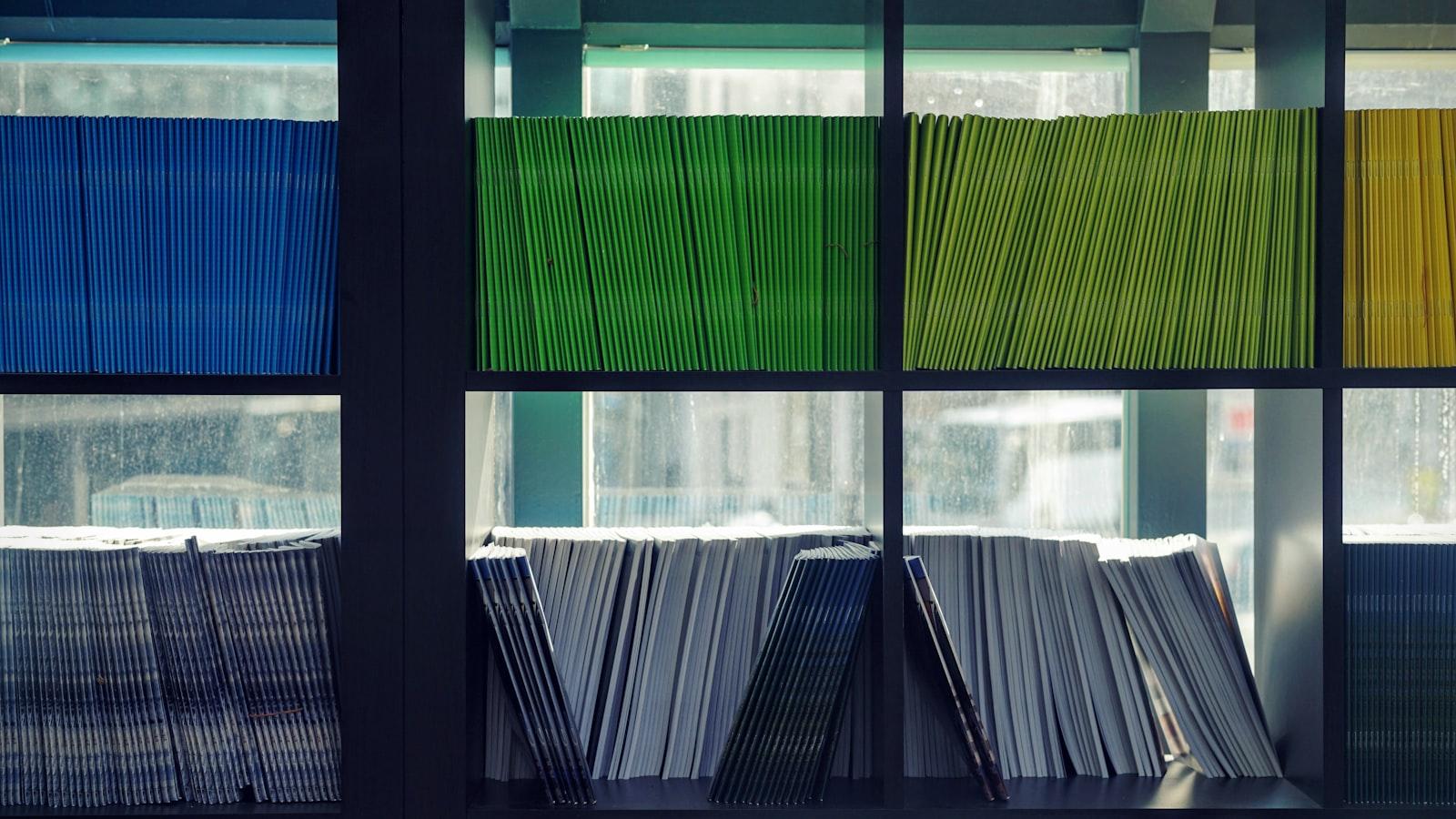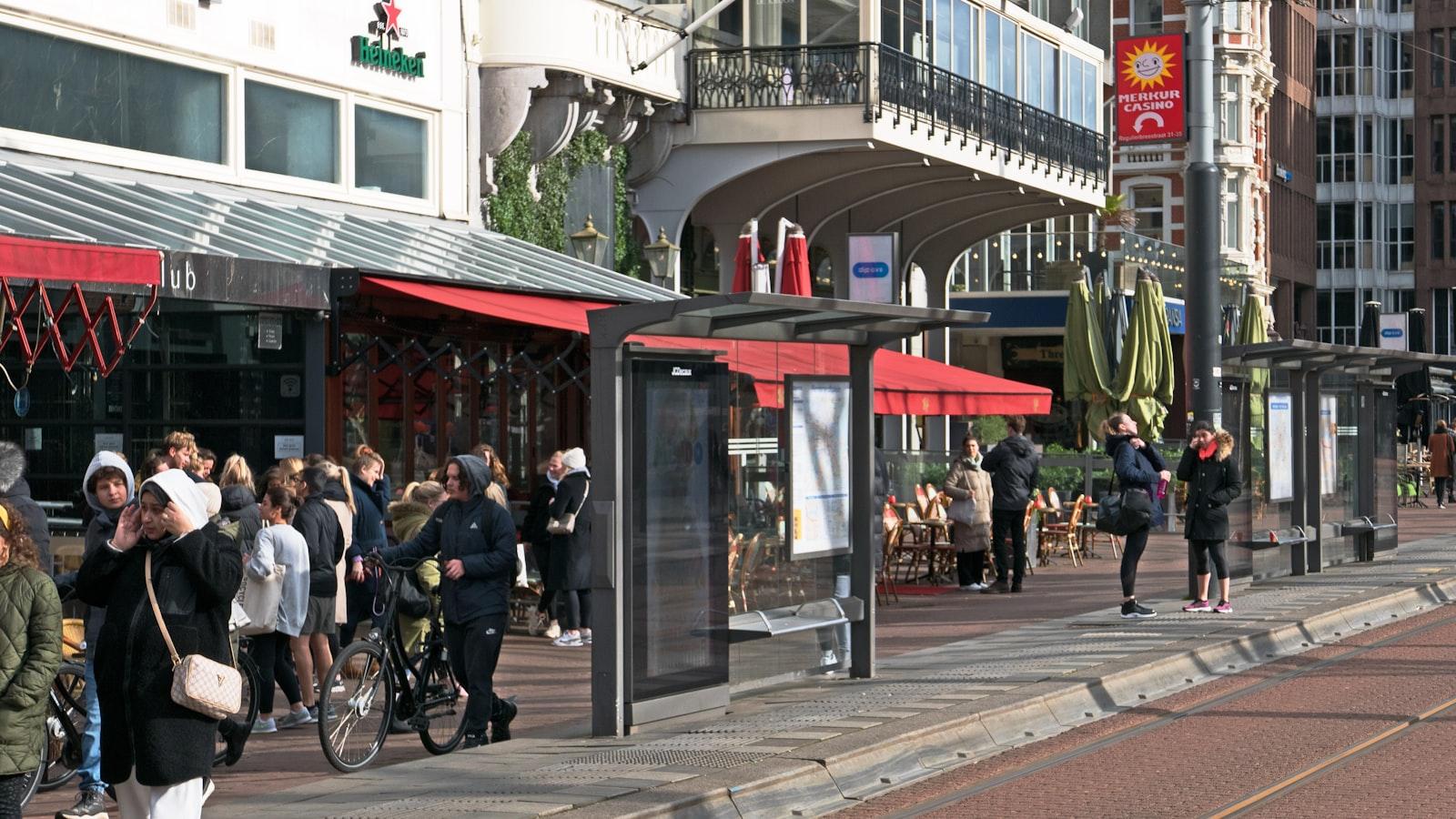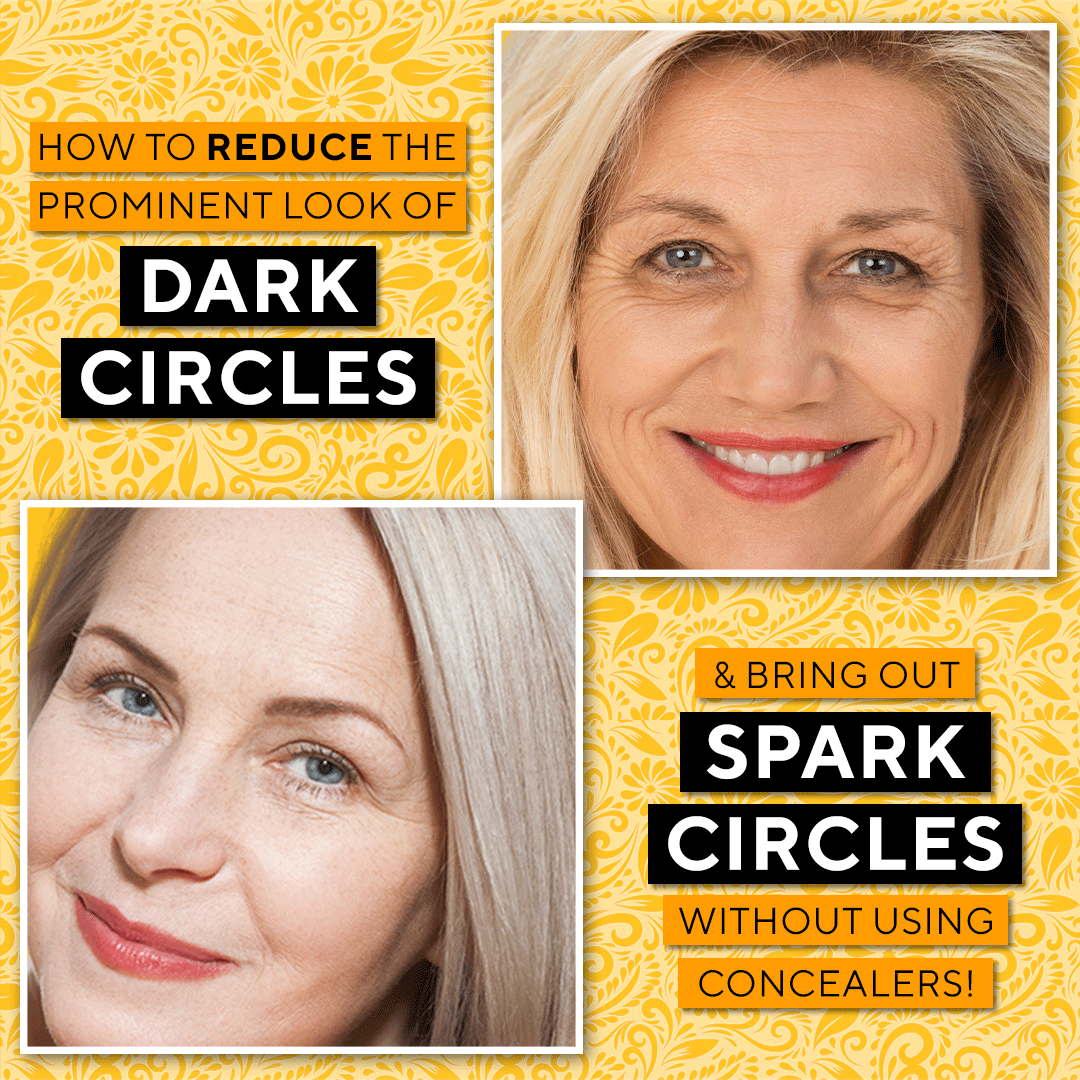Step into the world of pregnancy and early childhood, where the tiniest of miracles begin to blossom. In this delicate phase of life, where wonders unfold and dreams take shape, protecting our little ones becomes paramount. Welcome to a journey that unveils the art of minimizing chemical exposure during pregnancy and early childhood, where we navigate the intricate dance between health and precaution. Join us as we delve into the realms of science, explore the treasures of nature, and empower ourselves with knowledge, all with the noble goal of safeguarding the well-being of our precious bundles of joy. Prepare to embark on a quest that unveils the secrets of minimizing chemical exposure, for a future where the bond between a parent and child thrives in a safer, purer world.
Chemical Exposure During Pregnancy: Understanding its Implications and Risks
Minimizing Chemical Exposure During Pregnancy and Early Childhood
When it comes to pregnancy and early childhood, the health and well-being of both the mother and child are of utmost importance. Understanding the implications and risks of chemical exposure during this crucial period is essential for ensuring a safe and healthy environment. Exposure to harmful chemicals can not only affect the developing fetus but also impact the long-term health of the child. By taking proactive measures, expectant mothers can minimize the potential risks and create a nurturing environment for their little one.
Here are some practical ways to reduce chemical exposure during pregnancy and early childhood:
- Avoid using harsh cleaning products or opt for natural alternatives such as vinegar, baking soda, and lemon juice.
- Choose organic and locally sourced foods whenever possible to reduce exposure to pesticides and additives.
- Avoid smoking or being in the presence of tobacco smoke as it can have detrimental effects on both the mother and the baby.
- When purchasing furniture, look for options free from formaldehyde or other volatile organic compounds (VOCs).
| Tip | Description |
|---|---|
| Air out the house | Open windows and doors to increase ventilation and reduce indoor air pollution. |
| Choose safer cleaning products | Look for eco-friendly and non-toxic alternatives to conventional cleaning products. |
| Use phthalate-free personal care products | Opt for cosmetics, lotions, and shampoos without phthalates, which are potential endocrine disruptors. |
By implementing these strategies, expectant mothers can significantly decrease the exposure to harmful chemicals and create a safer environment for themselves and their child. Remember, every small step counts when it comes to safeguarding the health and well-being of your family.

Guidelines for Minimizing Chemical Exposure in Infants and Young Children
Guidelines for Minimizing Chemical Exposure During Pregnancy and Early Childhood
Ensuring a safe environment is crucial during pregnancy and early childhood to minimize chemical exposure. By taking certain precautions, you can protect both yourself and your child from potentially harmful chemicals. Here are some guidelines to help you create a healthy and chemical-free environment:
- Avoid smoking and secondhand smoke: Smoking during pregnancy and exposing your child to secondhand smoke can lead to a higher risk of respiratory issues and other health problems. Make your home and car smoke-free zones to protect yourself and your child.
- Choose organic and natural products: From food to cleaning supplies, opt for organic and natural options that are free from harmful chemicals, pesticides, and toxins. Look for labels such as “certified organic” or “chemical-free” to ensure a safer choice for you and your child.
- Keep your indoor environment clean: Regularly clean your home using non-toxic cleaning products. Minimize the use of chemical-based air fresheners, candles, and other scented products as they can release harmful volatile organic compounds (VOCs) into the air.
| Chemical | Potential Harmful Effects | Less Harmful Alternatives |
|---|---|---|
| Phthalates | Disrupt hormonal balance, linked to reproductive issues | Choose phthalate-free personal care and cosmetic products |
| Bisphenol A (BPA) | May interfere with hormonal activity, potentially causing developmental issues | Use BPA-free plastic containers and opt for glass or stainless steel alternatives |
| Perfluorinated Chemicals (PFCs) | Linked to reproductive issues, liver damage, and developmental delays | Avoid non-stick cookware and opt for stainless steel or cast iron options |
Remember, being proactive in reducing chemical exposure is an essential step towards ensuring the well-being and health of your child. By following these guidelines and making conscious choices, you can create a safer environment during pregnancy and early childhood.

Creating a Chemical-Free Environment: Practical Measures for Parents
As parents, ensuring the health and safety of our little ones is our utmost priority. That’s why it’s important to take practical measures to minimize chemical exposure during pregnancy and early childhood. From the moment they are conceived, our babies are susceptible to the potential harmful effects of chemicals found in everyday products. By adopting these simple yet effective practices, we can create a chemical-free environment that supports their growth and development.
Choose Natural Household Cleaners
Traditional household cleaners often contain harsh chemicals that pose risks to both our health and the environment. Instead, opt for natural alternatives such as vinegar, baking soda, and lemon juice. These simple ingredients can be used to clean surfaces, remove stains, and freshen the air in your home. Not only are they safer for your family, but they are also more budget-friendly.
Avoid Synthetic Fragrances
Fragrances found in products like air fresheners, laundry detergents, and personal care items can contain harmful chemicals known as phthalates. These chemicals have been linked to hormone disruption and developmental disorders. Instead, choose fragrance-free or naturally scented products. Look for labels that clearly state “phthalate-free” or choose products that use plant-based essential oils for scenting.

Safeguarding the Health of Mother and Child: Key Recommendations for Pregnant and Breastfeeding Women
During pregnancy and early childhood, it is essential to take extra precautions to safeguard the health of both mother and child. One important aspect to consider is minimizing chemical exposure, as certain chemicals can pose serious risks to the developing fetus and young children. By being mindful of the products we use and the environments we expose ourselves to, we can greatly reduce the potential harm to our little ones.
Here are some key recommendations to minimize chemical exposure during pregnancy and early childhood:
- Avoid using harsh cleaning products that contain harmful chemicals such as bleach, ammonia, and phthalates.
- Opt for natural and eco-friendly alternatives, such as vinegar, baking soda, and essential oils, which are safer for both the pregnant woman and the baby.
- When painting or renovating the house, choose low-VOC or VOC-free paints to reduce exposure to volatile organic compounds, which can affect the development of the fetus.
- Use organic and natural personal care products, including shampoo, body lotion, and skincare products, as they are free from artificial fragrances, parabens, and other harmful chemicals.
- Avoid smoking and secondhand smoke, as exposure to tobacco smoke during pregnancy can lead to a range of health issues for both the mother and the baby.
Table: Foods to Avoid During Pregnancy
| Foods to Avoid | Potential Risks |
|---|---|
| Fish high in mercury (e.g., shark, swordfish, king mackerel) | Can harm the developing nervous system of the baby |
| Raw or undercooked seafood, eggs, and meat | Increased risk of bacterial infections |
| Unpasteurized dairy products and soft cheeses | Potential contamination with Listeria bacteria |
By implementing these recommendations, pregnant women and breastfeeding mothers can significantly reduce chemical exposure, creating a safer environment for their children to thrive in. It is crucial to prioritize the health and well-being of both the mother and child, and taking steps to minimize chemical exposure is a proactive way to do just that.
Concluding Remarks
As the final notes of this article resonate, we are reminded of the immense power that lies within our hands – the power to nurture and protect the delicate beginnings of life. We have embarked on a journey through the labyrinth of chemical exposure, illuminating the risks that surround us during pregnancy and early childhood.
With each word, every ounce of conviction has been poured into the fountain of knowledge, hoping to quench the thirst for understanding that lingers within each reader. The canvas of awareness has been painted with the strokes of caution, highlighting the undeniable importance of safeguarding these tender stages of development.
In the symphony of life, we acknowledge the complexity of our modern world, where chemicals coexist alongside progress. Yet, amidst the cacophony of substances that surround us, we have learned to navigate through the seas of uncertainty, threading our way to safety.
With the spirit of a vigilant gardener, we have sowed the seeds of precaution, nurturing an environment that promotes the flourishing of health. We have embraced the wisdom of our ancestors and the marvels of modern science, intertwining them to fortify a shield of protection.
This voyage has revealed countless anecdotes, both sorrowful and triumphant. Each anecdote highlighting the profound impacts that chemical exposure can have on the lives which it touches. Empathy has magnified our resolve to create a world where innocence prevails, and the sanctity of life is preserved.
As we near the culmination of this odyssey, it is crucial to remember that our journey does not end with the last keystroke or the final printed word. It is an eternal expedition, propelled by our shared responsibility to advocate for the tiniest souls who rely on us for safeguarding.
May this article be a guiding beacon, piercing through the darkness of ignorance and paving the way for a brighter, safer tomorrow. Let it serve as a constant reminder of the solemn oath we have taken to defy the odds and create a haven free from the shackles of chemical harm.
In unity, we embrace the conviction that together, armed with knowledge, compassion, and foresight, we can minimize the perils posed by chemical exposure during pregnancy and early childhood. Hand in hand, heart to heart, let us forge a future where every innocent life flourishes unencumbered by the shadows of uncertainty.
Now, as we bid adieu, let us voyage forth and bring this essential wisdom to all corners of the world, transforming it for the better. Our legacy lies not in words alone, but in the actions we take to protect those who are yet to walk amongst us.



